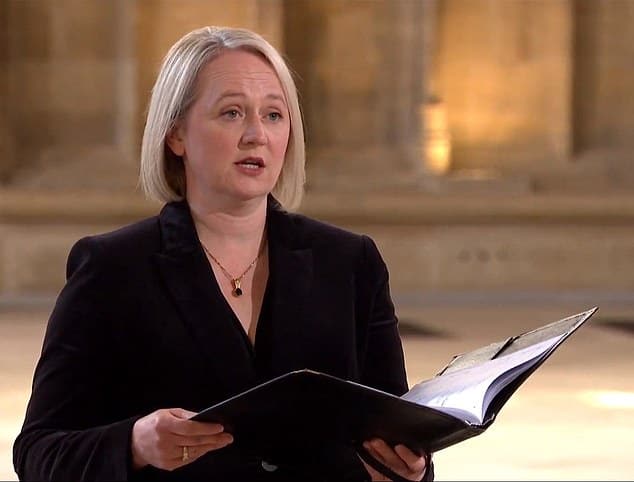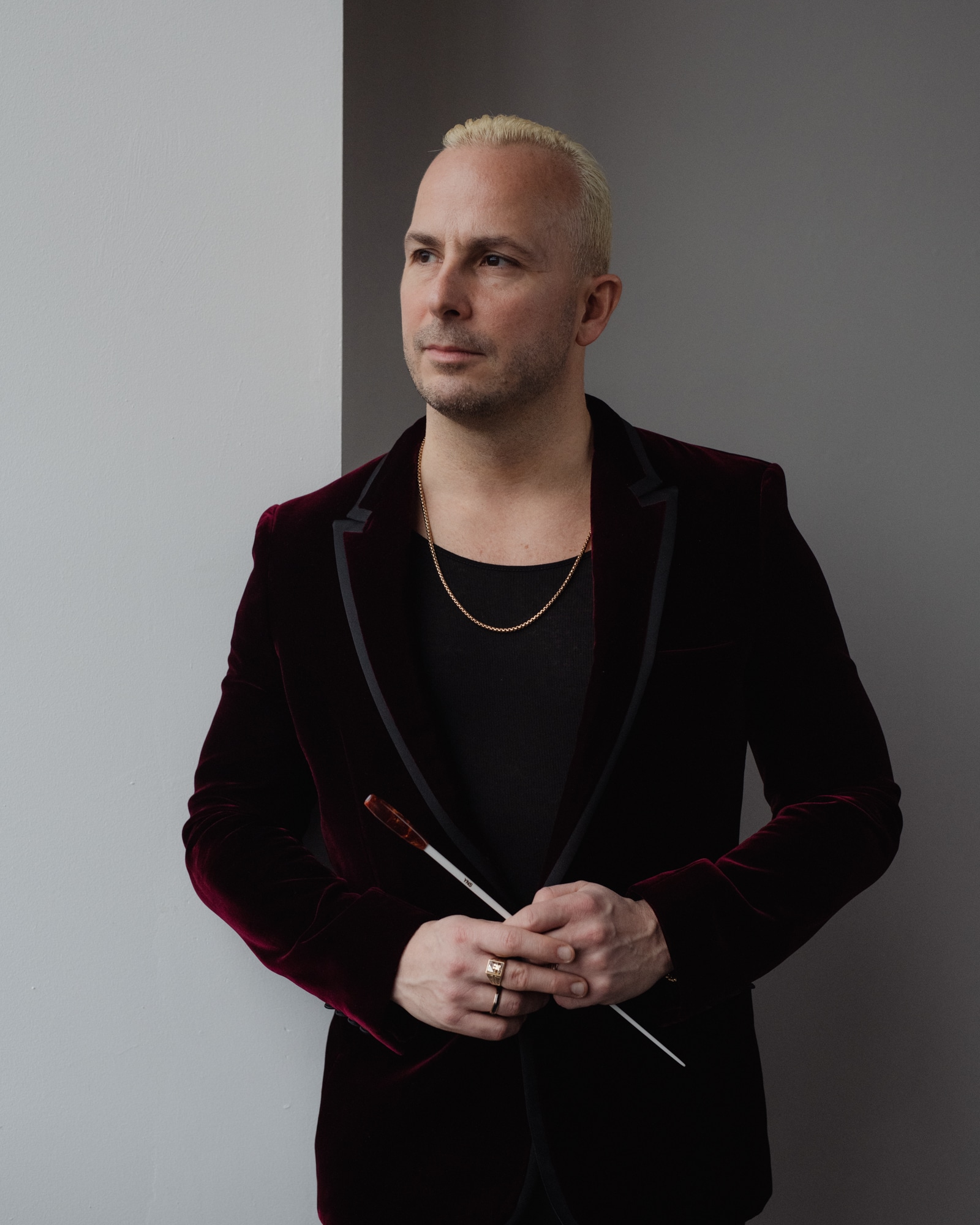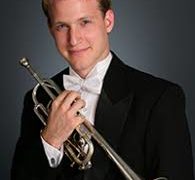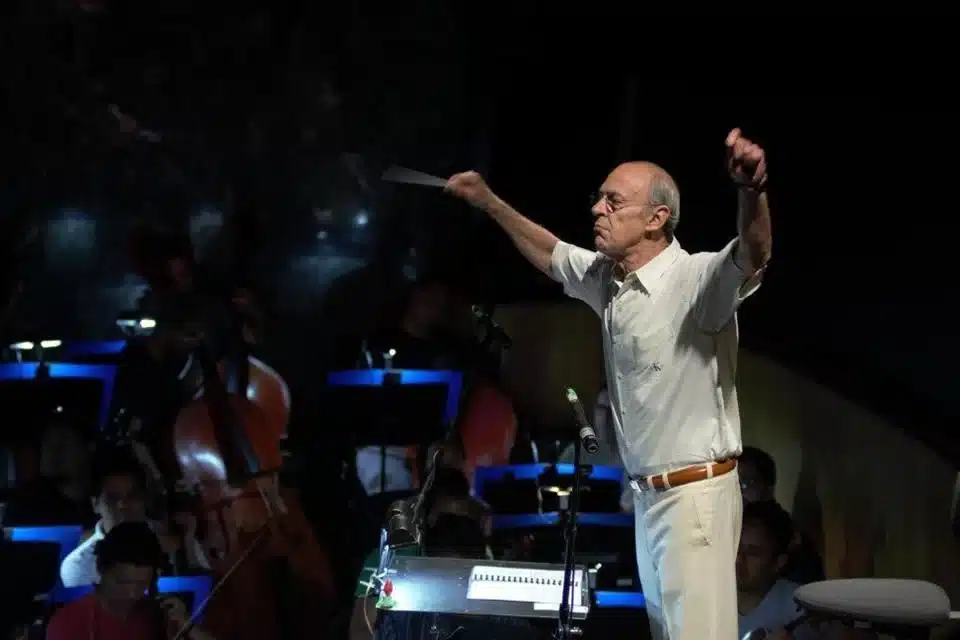Australian soprano soars at Prince Philip’s funeral
mainMiriam Allan was one of four singers at the funeral in St George’s chapel, reduced from the usual choir of 30.
The other three were Tom Liliburn, Nick Madden and Simon Whiteley.
Miriam, 43, has sung at Glyndebourne and Pinchgut Opera. She comes from Newcastle, Australia, lives in the UK. She has lived in England since 2003, is married to Richard Bannan, another Lay Clerk of St George’s Chapel, and has three children.






Great to hear the Britten sung in honour of it’s commissioner.
But where was the Gospel chorus?
RIP
I’m not a native speaker, and do not understand “it is commissioner”.
he confused you by wrongly putting an apostrophe in its; so he meant the person who commisioned it, Duke of E
I too do struggle with my third language!
Pity though that no-one ever writes anything here about the music. 🙁
… its commissioner – not it is as in it’s!
Got it. Possessive pronoun. Not unlike “there” and “their”, which we were taught in English lessons at school.
Outstanding contribution.
That’s certainly true…
So many questions, so little time:
1) Is there no woman in the choir? Is that why she couldn’t wear the vestiary of the choir? But then why did the quartet do pieces requiring a woman instead of using a boy soprano? Do you really need a conductor for 5 people (organ + quartet)?
2) In what sense is the funeral limited to 30 people, if you get to invite 9 more people (quartet + organist + conductor + 2 priests + the camera man lurking behind the conductor), not to mention the 200+ military guards and band outside the chapel?
3) Phillip was eulogized for his service to the “commonwealth”, well by all appearances, the “commonwealth” had no Blacks or Asians, because none appeared in that entire service, inside or outside, or in the music. No, I didn’t expect gospel music, but not even a token piece of “ethnic” music from some far flung corner of the empire that Phillip visited in all his years of service?
“not to mention the 200+ military guards and band outside the chapel?”
Because they were “outside”.
“no Blacks or Asians, because none appeared in that entire service, inside or outside”
There were. You need to invest in a better TV.
In answer to 1) St George’s Chapel choir consists of 23 boys and 12 lay clerks, and is an all-male ensemble. One would need several trebles, say at least five on the top line in, e.g., an SATB work, so that is why the quartet had just a solo soprano. In terms of size of vocal group, there is no need for a conductor of course, but certainly one is necessary to coordinate organist and vocal quartet (in the sense of ensemble). In answer to 3) HRH chose the music himself, and that wish was respected.
To enhance the Commonwealth connection, the equally outstanding tenor from the vocal quartet, Nick Madden, is from New Zealand. As well as being a Lay Clerk at Windsor, Nick sings for a number of leading professional British chamber choirs.
These four terrific performers really showed the world the amazing standard of ensemble singing in the UK, drawing admiration – and great pride – from everyone involved in professional choral singing across the UK. (And to carry that occasion off as they did, they all must have nerves of steel). Hats off equally to Luke Bond (organist), and director of music James Vivian.
I think the three men also sing in The Queen’s Six, whose competent sound alludes to the renowned King’s Singers.
She sang like an angel.
It’s worth noting that Lilburn, Madden and Whiteley have all sung in recent years with Tenebrae, one of the world’s best choirs.
Tenebrae’s video of an abbreviated version of Allegri’s Miserere went viral and now has over 11 million views on Youtube.
Very lovely indeed.
I sat it out from the back row with a whodunnit on my lap.
Slightly off topic, but the only opening for this interesting factoid about Prince Philip’s funeral; the march played during the walk from the castle to the church was the Johann Heinrich Walch (1776-1855) funeral march, first played in England at Royal Consort Prince Albert’s funeral. Very symbolic as Walch was the court composer to the Ernst I, the Duke of Saxe Coburg and Gotha, Prince Albert’s Father. The work was played at Albert’s funeral march in 1861 and then played at his son Edward VII’s funeral. It is also now played at Great Britain’s annual Remembrance Day ceremonies. So the work has a long history with the Royal family and in particular now from consort to consort funerals.
Sadly for Walch, the piece somehow has come to be known as Beethoven’s funeral march #1, despite the fact that Beethoven had nothing to do with it. Beethoven has several of his own funeral marches, the 2nd movement of his Sonata #12 in A flat major op. 26, the opening of the the opening of the 2nd movement of the 3rd symphony specifically marked as a funeral march. Also the opening of the 2nd movement of the 7th symphony despite the allegretto marking has also been utilized as a funeral march.
Well observed.
I liked Nimrod and Jerusalem best – unfortunately on German TV, the commentators kept on brabbeling which was rather anoying. They showed more respect during the ceremony.